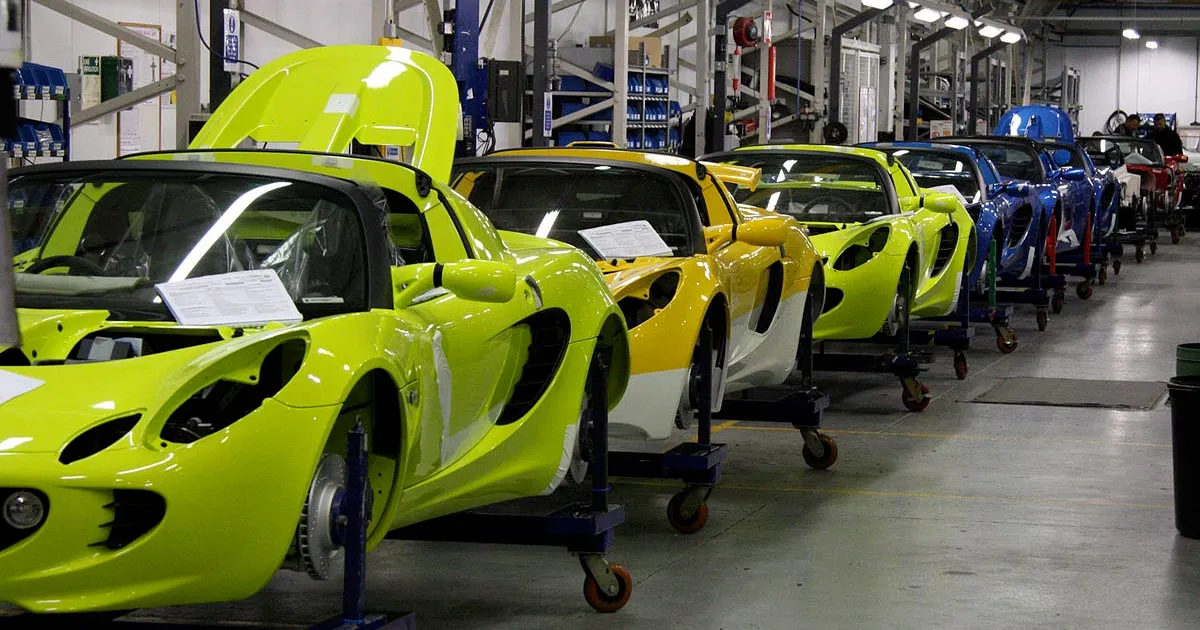
The national Green Mobility and Innovation program (Mover) was recently approved by the Federal Government, which will offer more than R$19 billion in financial credits between 2024 and 2028 for automakers that join the program. It aims to promote the decarbonization of the automotive fleet through tax incentives, expanding its sustainability requirements and encouraging the use of new technologies in the areas of mobility and logistics, in addition to evaluating the impacts of emissions from production to final disposal of vehicles. .
Mover Guidelines
According to professor Pedro Luiz Côrtes, from the School of Communications and Arts (ECA) and the Institute of Energy and Environment (IEE) at the University of São Paulo (USP), the government seeks to associate technological innovation with the reduction of consumption and of carbon dioxide emissions. Thus, he explains that there are a series of requirements for industries to join the program, such as productivity, energy efficiency in vehicles, investments in research and innovation, promotion of biofuels or alternative propulsion with reduced emissions, global integration of the national automotive industry with global chains, adoption of carbon-neutral production systems and professional training in mobility and logistics.
Regarding the last guideline, the professor comments: “This also depends on infrastructure investments by the government, because our fleet has to use highways that are not always in good condition and another basic requirement is the increase in jobs, or at least maintaining jobs in companies. In other words, there are issues that may not be fully compatible, because he wants productivity gains on the part of the industries, but without this implying the dismissal of people”.
Program functionality
Côrtes states that some of the program’s proposals are for industries to invest in models that facilitate vehicle recycling, with the reuse of parts, in the calculation of carbon dioxide emissions in the complete fuel cycle — from oil extraction to use by of vehicles —, the standardization of information on consumption and emissions for comparison purposes and the use of assistive technologies in driving.
“And, for this to be put into practice, it is very important to integrate production chains into global chains, and a very interesting point is that, from 2027, emissions will be calculated from production to final disposal, which is life cycle analysis. This is a very bold proposal for this program, it associates technological innovation with reducing consumption and improving the quality of vehicles produced”, he concludes.
